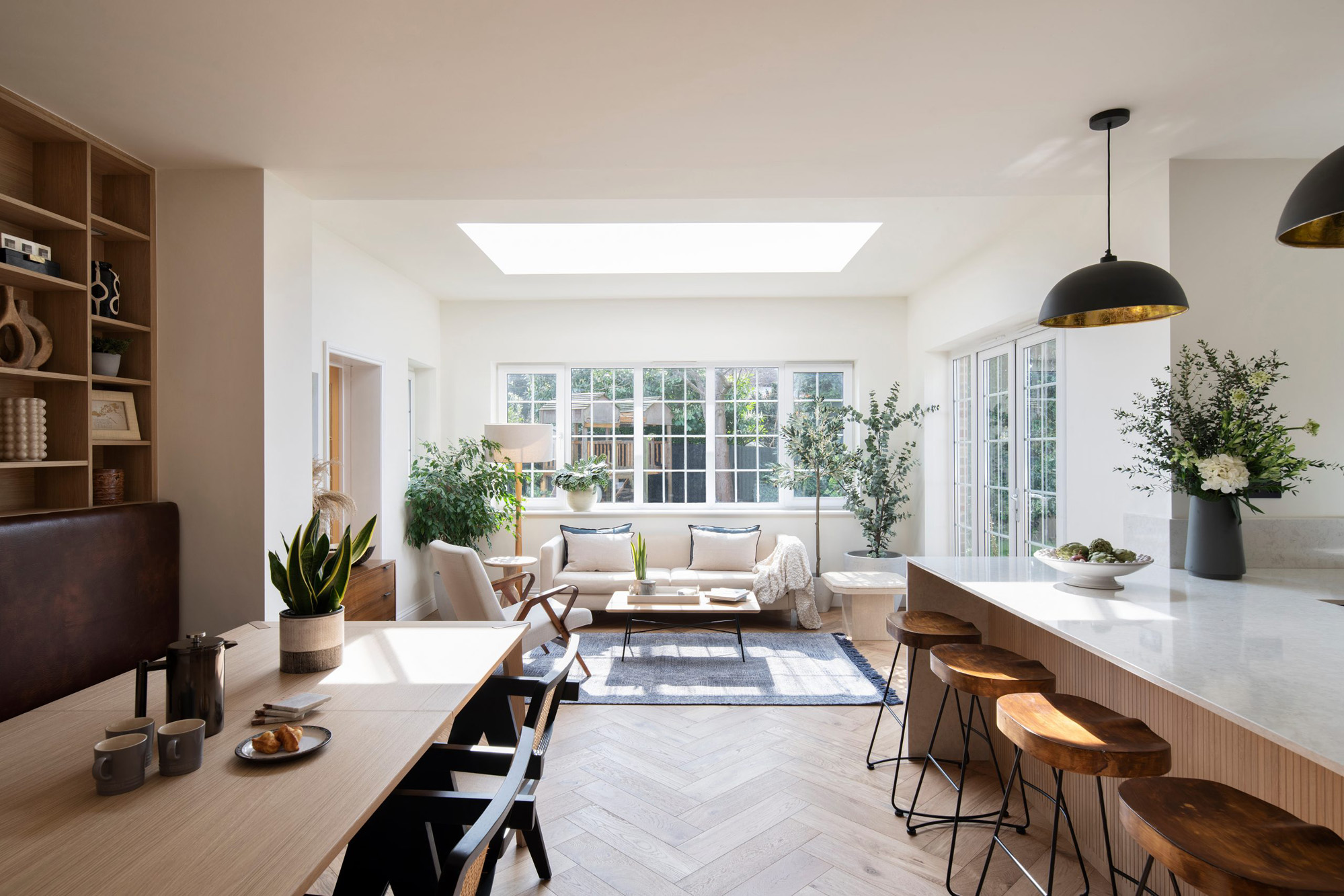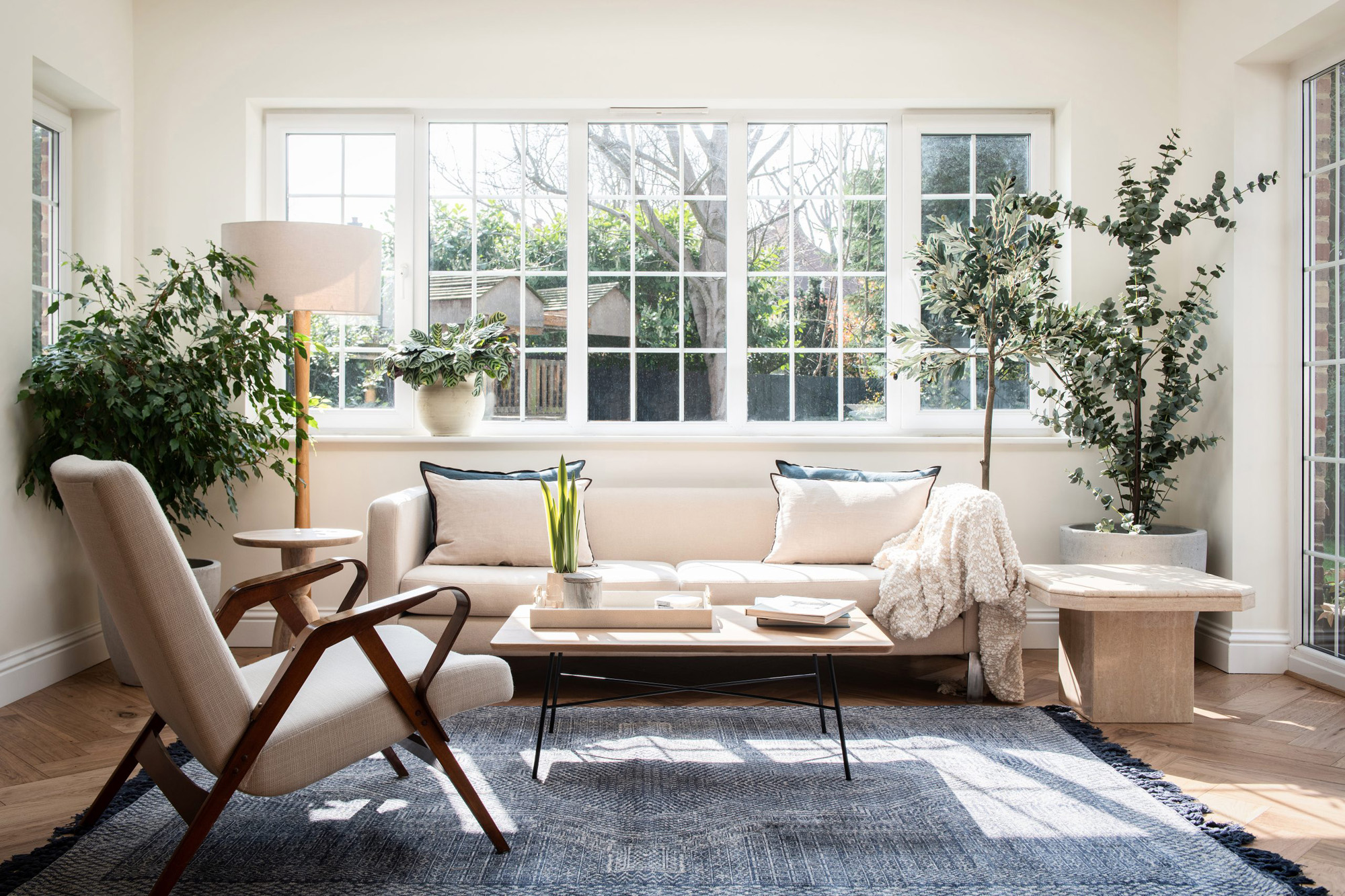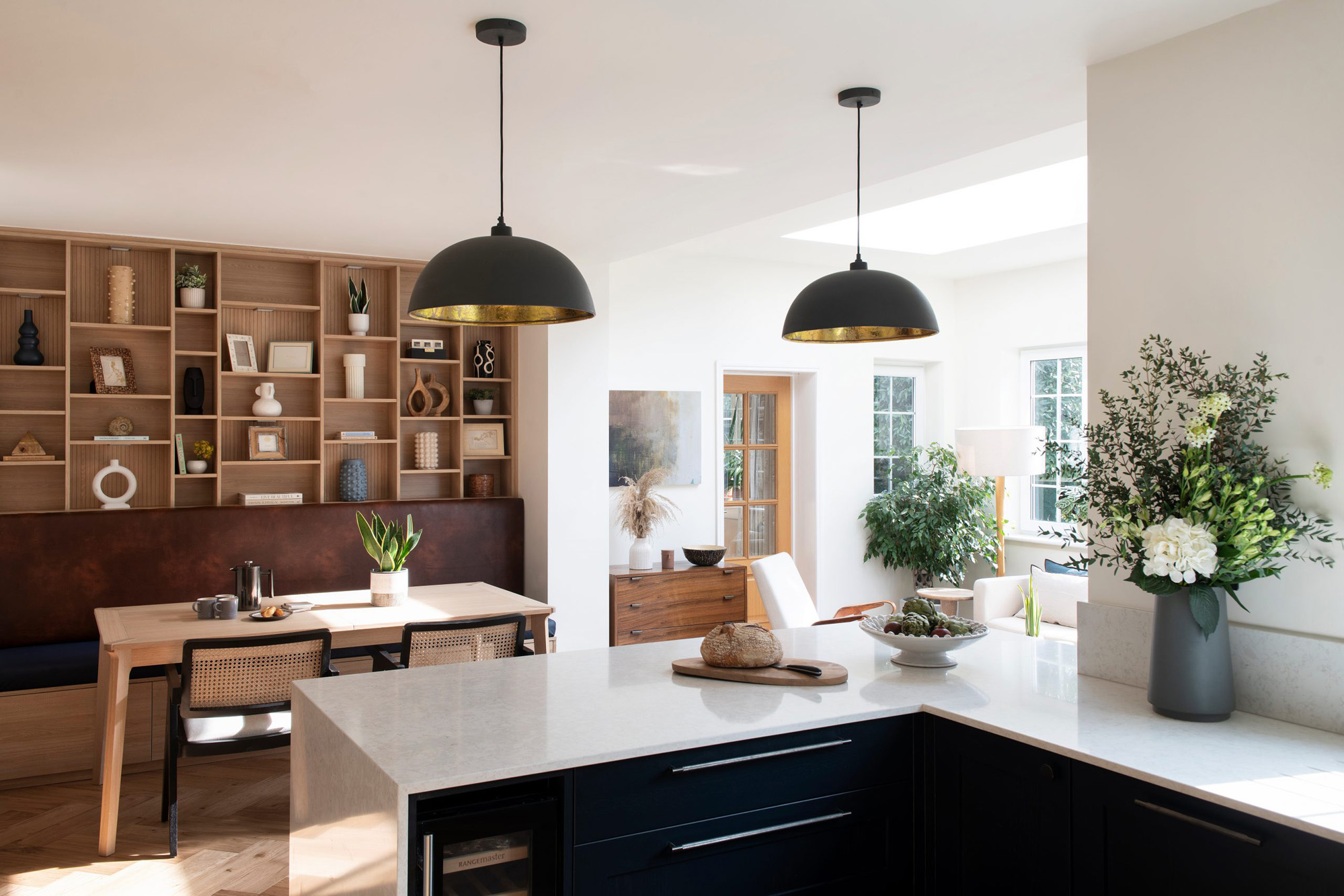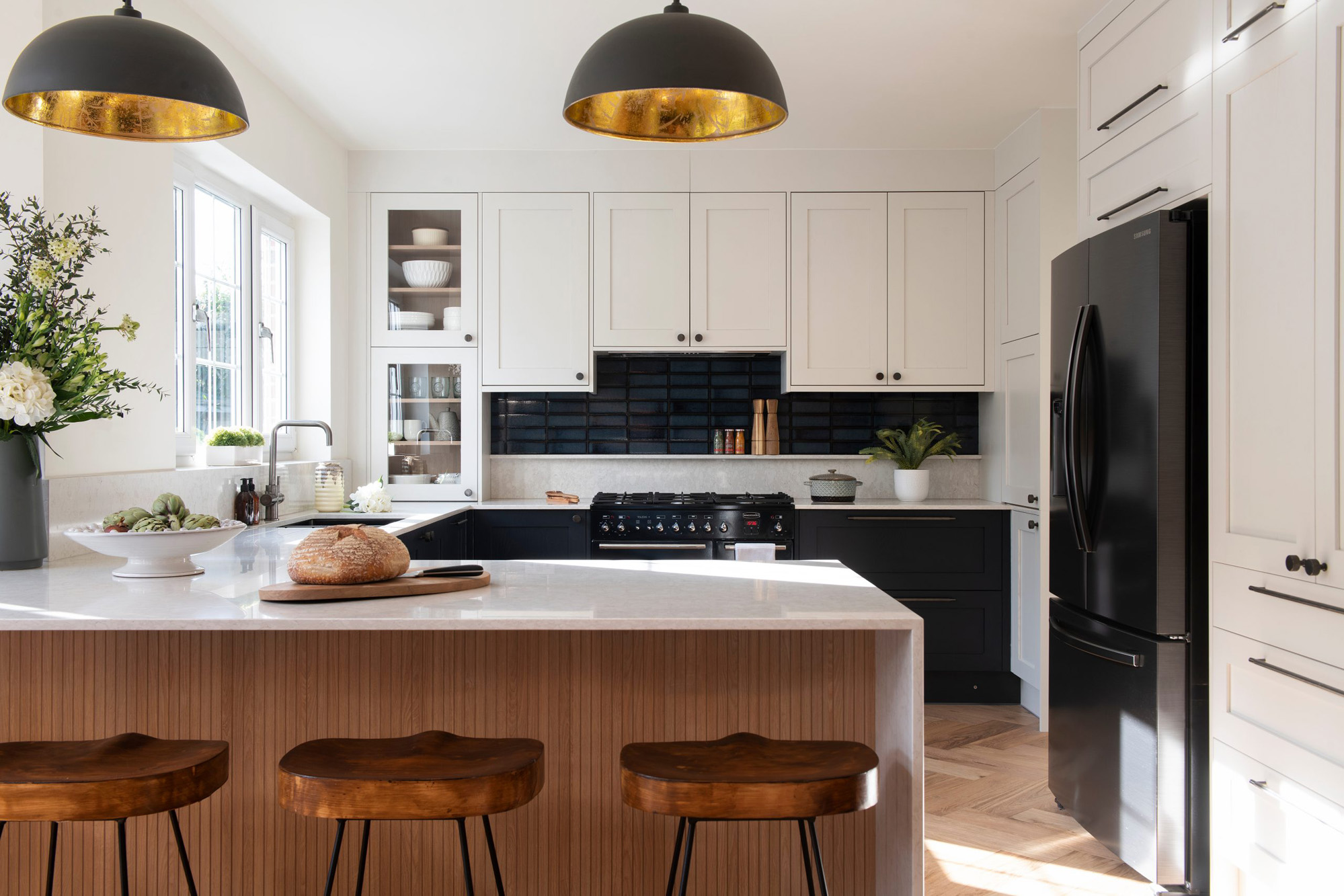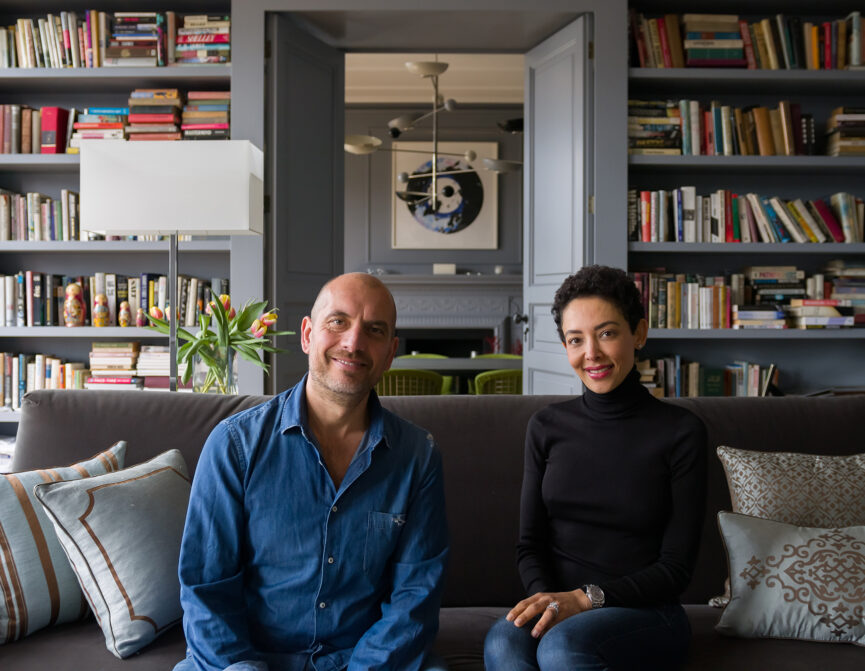The co-founder of United in Design talks about mentors, equal opportunities and finding your voice in interior design.
As one of half of United in Design (UiD), interior designer Alexandria Dauley is shaping the design industry, not only with her thoughtful and well-appointed interior spaces but through her transformational charity too.
Set up alongside Sophie Ashby, of Studio Ashby, United in Design’s mission statement is to address the lack of diversity in the design field by providing an equal opportunity pathway into the industry and calling on colleagues and leaders to be part of that positive change. Their steering community, trustees and councillors include some of design’s biggest names including Martin Brudnizki, Joyce Wang and Graeme Brooker.
Following the wave of global anti-racism protests sparked by the death of George Floyd, industry leaders began to reflect on their own shortcomings in addressing the lack of representation in their respective businesses. One of them was Sophie Ashby, while for Alexandria, her own experience with systemic inequality motivated her outreach work. Put in touch by a mutual friend, they joined forces to launch United in Design in July 2020.

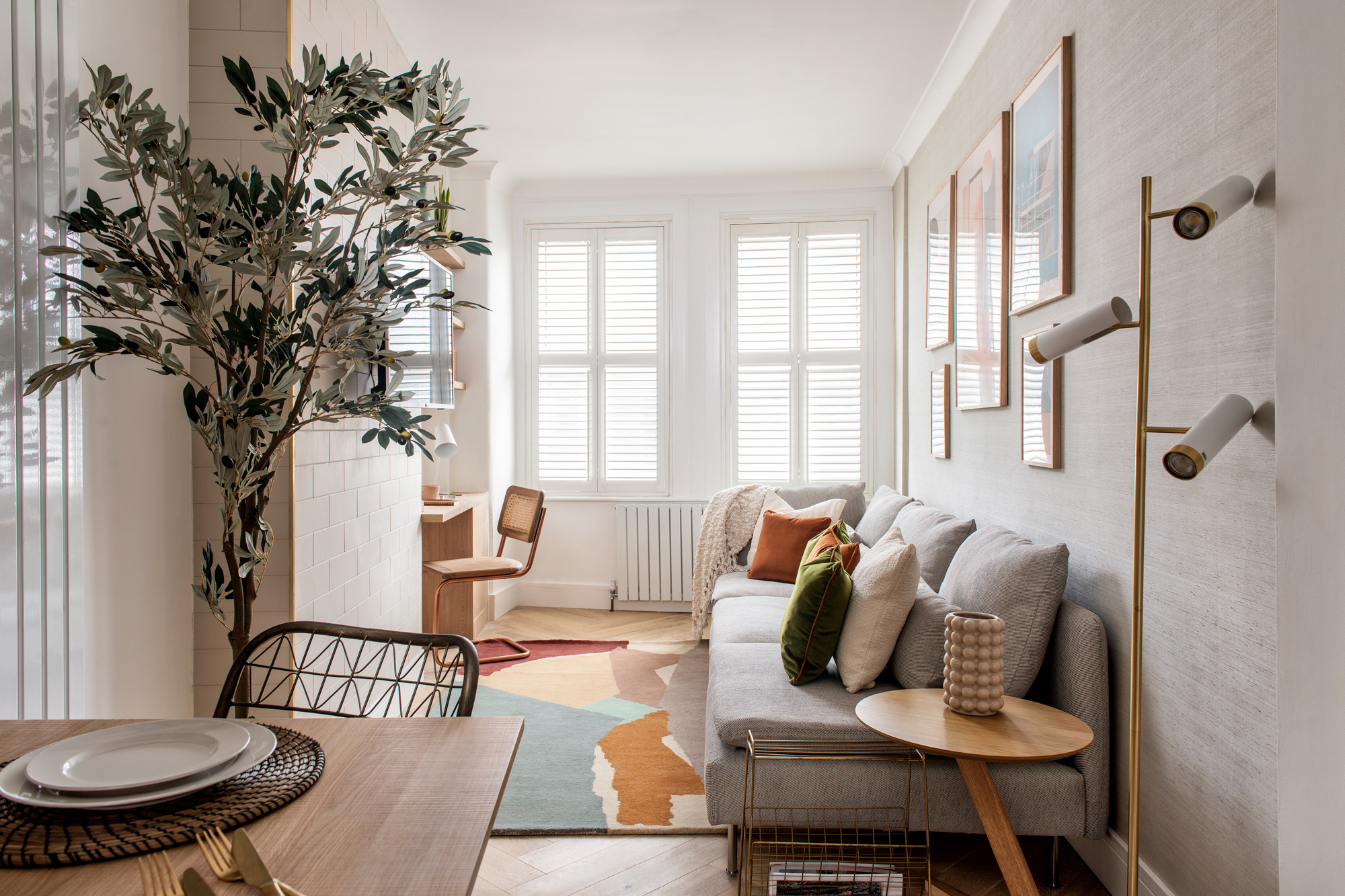
The charity places young, aspiring designers from under-represented communities in paid placements with prestigious companies, offering access to influential mentors and the opportunity to network early on. They hope it will be a catalyst in changing mindsets when it comes to the hiring process too. Their actionable roadmap also calls on design behemoths to turn words into meaningful gestures by taking seven pledges to help diversify the industry, and are in turn supported by the charity to achieve these goals.
Trained at the KLC School of Design in Chelsea and having set up her namesake studio in 2016, Alexandria largely works on residential interiors in London and Surrey, curating comfortable, practical and comfortable spaces. We had the opportunity to ask Alexandria about the importance of mentors in the careers of young designers, what United in Design hopes to achieve in terms of changing the industry and what really inspires her.
Mindsets, prejudice and bias all need to be addressed and changed in order for everyone to be given the same opportunities.
- Alexandria Dauley
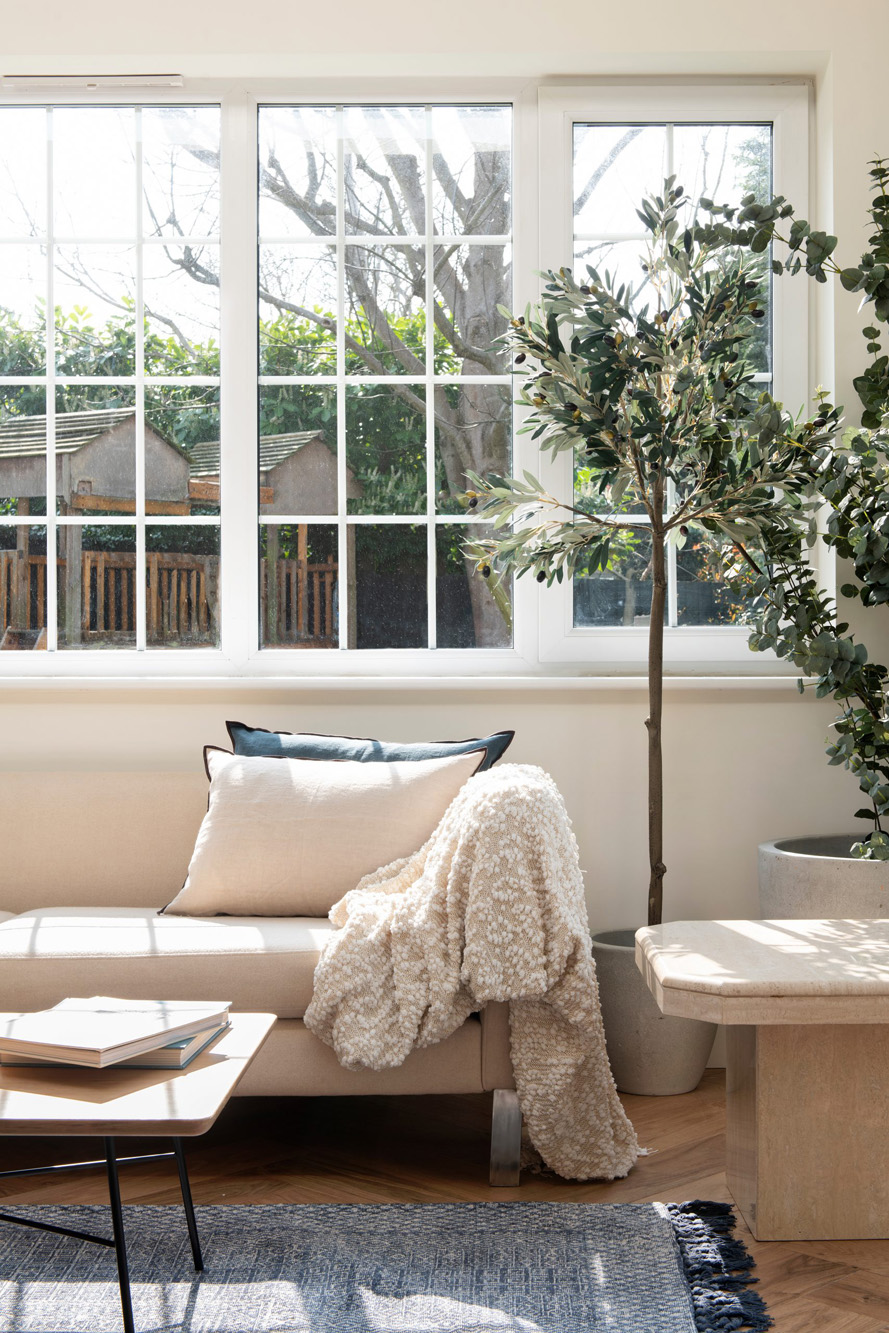
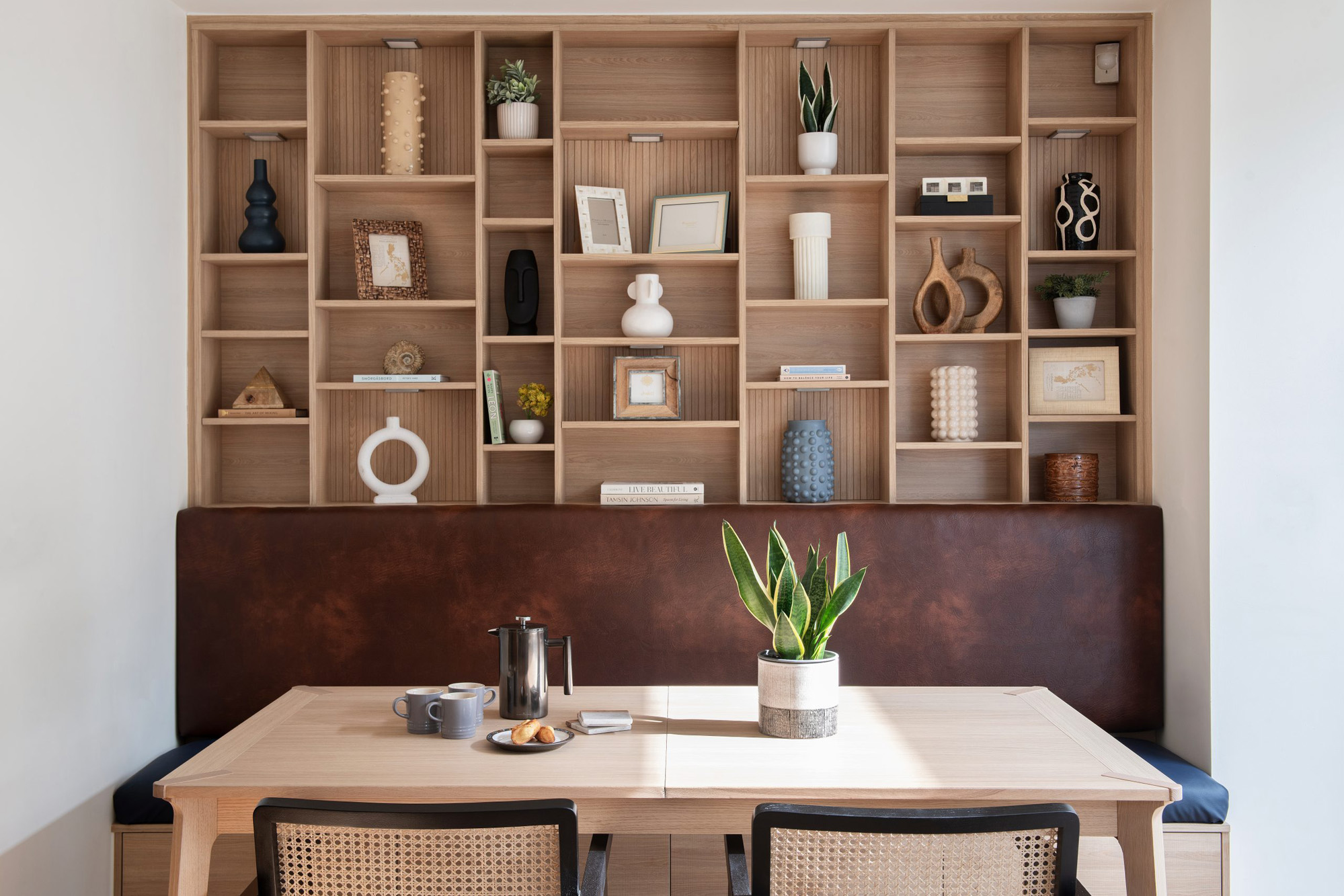
How did United in Design start? Had you worked with Sophie Ashby before?
United in Design was launched in response to the death of George Floyd, the spotlight that was shone on racial injustice and the attention drawn to the barriers faced by those from a minority background. The interior design industry in the UK is no exception and it was clear something had to be done. I didn’t know Sophie beforehand, but we were put in touch, hit it off immediately and began to get to work.
What is the mission statement of the organisation?
To level the playing field and provide positive change and equal opportunities for all.
What change do you hope to see in the next five years in the design industry?
I would like to see the industry become more open in every sense. Breaking down barriers and preconceptions about what interior design is, who it is for as both a creative working in the industry and as a client. Design is everywhere and for everyone.
Can you tell us more about the issue of unequal representation in the industry?
It’s a problem that is systemic and deep-rooted over generations. Mindsets, prejudice and bias all need to be addressed and changed in order for everyone to be given the same opportunities. Diversity and inclusion are not just about race but also gender, disability, sexual orientation, and the list goes on. We are not all the same, but we have far more similarities than we have differences and everyone has something to offer. We need to give people the platforms, support and guidance to realise their potential. Difference is what makes the world an amazing place and those nuances should be celebrated and embraced, not feared or suppressed.
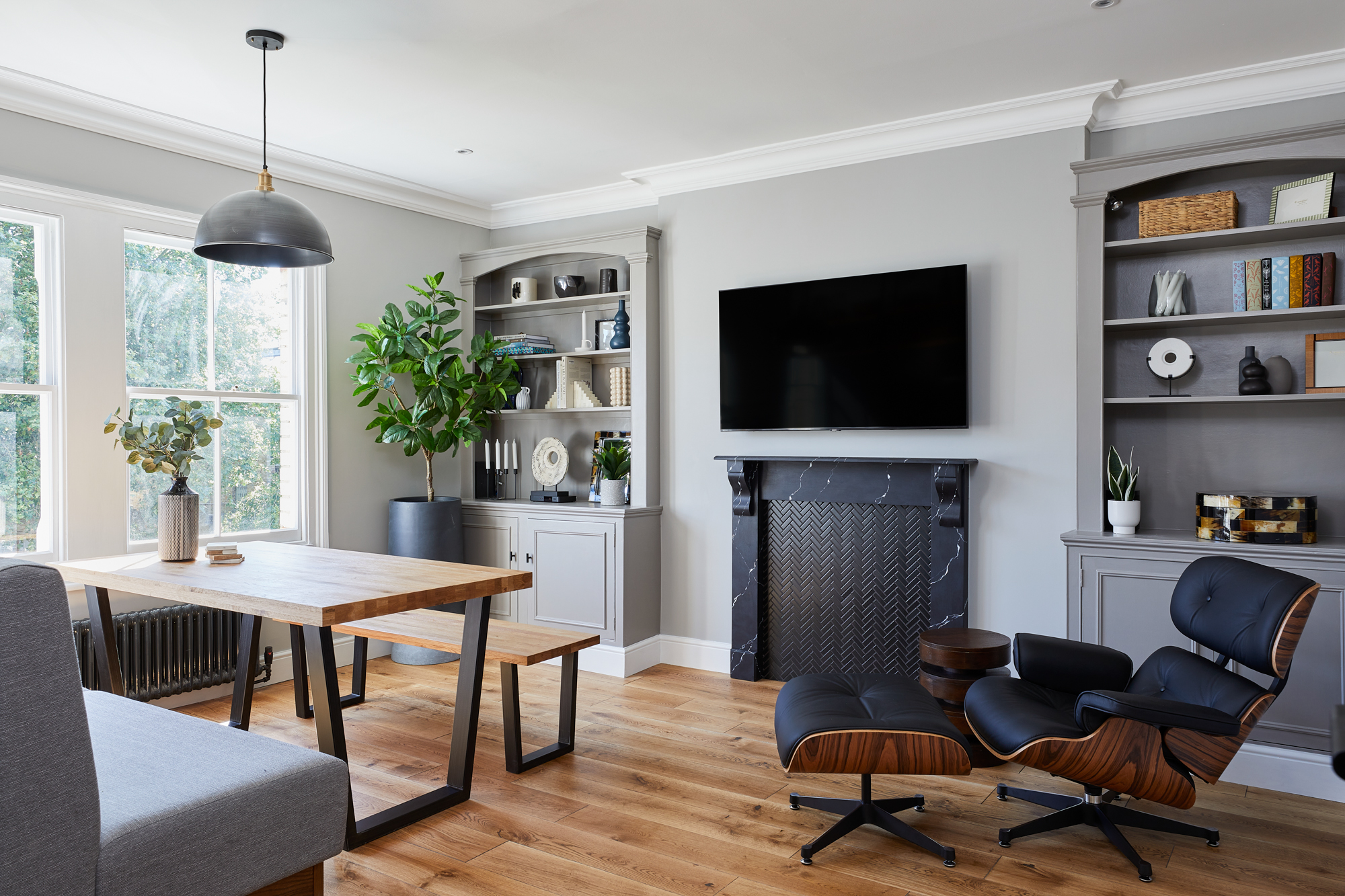
How do you think apprenticeships/placements can help young designers?
These young designers will be able to access and train with the best companies in the industry. That knowledge, experience and insight is invaluable and opens many doors.
Did you have a mentor?
I was never an apprentice, but I did have an amazing mentor called Evey-Dunbavin-Hands who held my hand and shared her knowledge as I started my own company.
What’s your advice to young designers?
This is a fantastic industry and career path so just go for it. Yes, it is hard – but the benefits are huge. Listen, learn, ask for help, ask for advice, be bold. Attend as many shows and events as you can, get a mentor at any stage and be open to critique. Be kind, honest and generous; good things will come from that, for your peers but also your clients.
What is your guiding philosophy as a designer?
To always put my client at the heart of every project and to create a space that is uniquely theirs.
How do you bring a unique touch to each place?
You do this by tailoring each space to the client’s needs. Sometimes a similar aesthetic may feature across designs but no two are the same as every home and client is different.
What has been your favourite project and why?
I think my work on Soho Studio Brixton for Soho House group is a favourite as it was my first large-scale commercial project and the scheme allowed me to celebrate culture and diversity.
What’s your definition of good style?
Personally, I love contemporary design and architecture. The use of good quality materials, excellent lighting, furnishings, and the ability to express your taste through your interiors. Design is very personal and subjective, but I know what I like and so do most people.
How do you encourage people to stay true to an individual sense of style and expression?
I don’t think you can ever shy away from it if you are a true creative. Your style is something that is a part of you and who you are. You will find clients radiate towards you because you represent the style and feel they are looking to achieve so your projects should be able to embrace it while keeping the client at the forefront.



